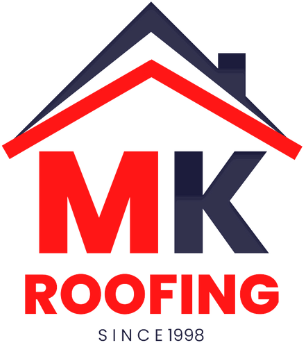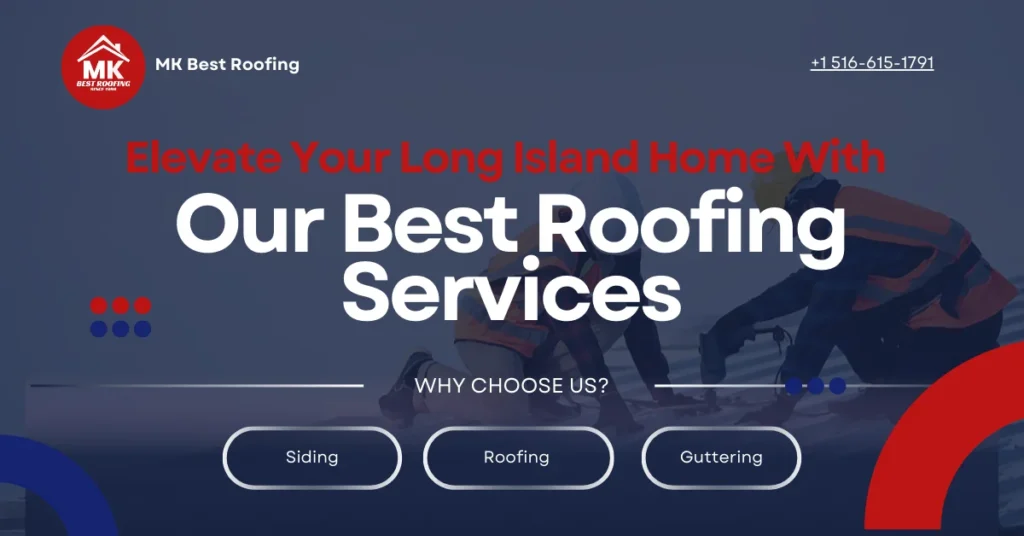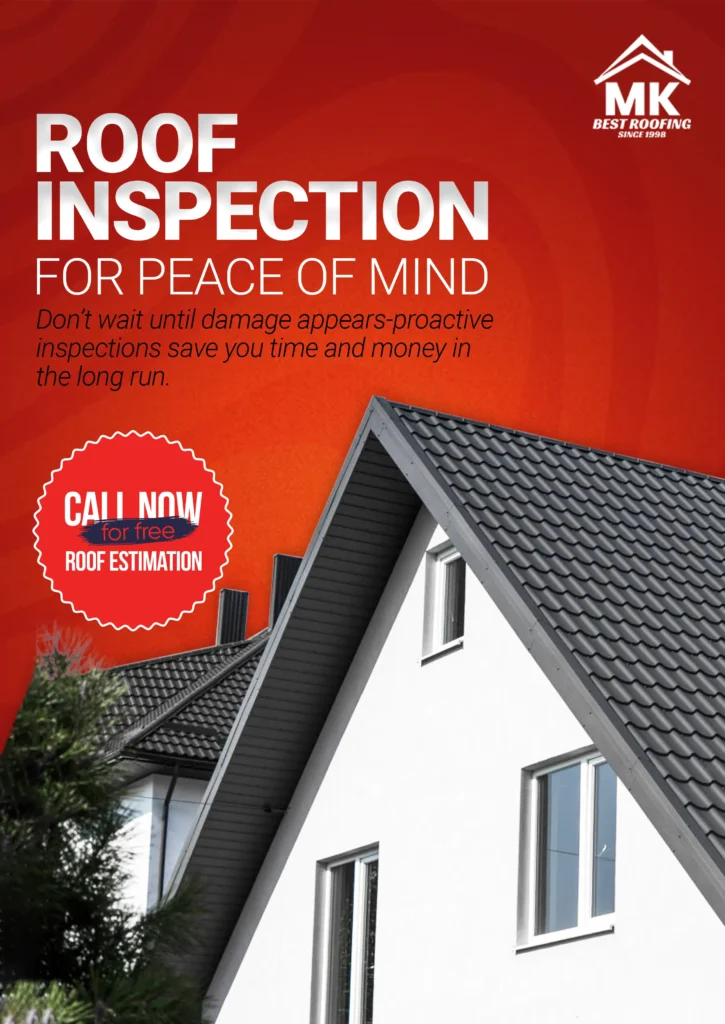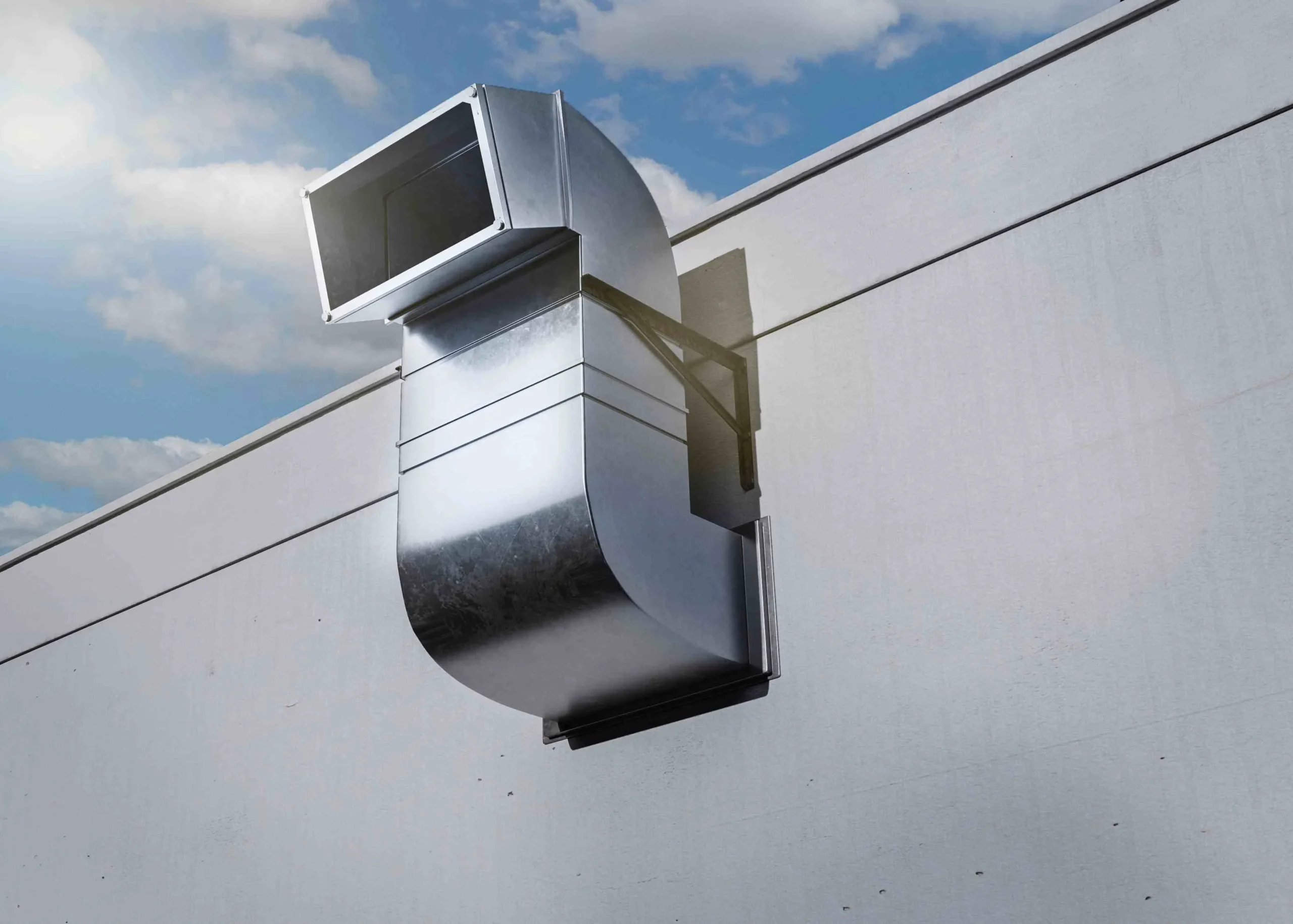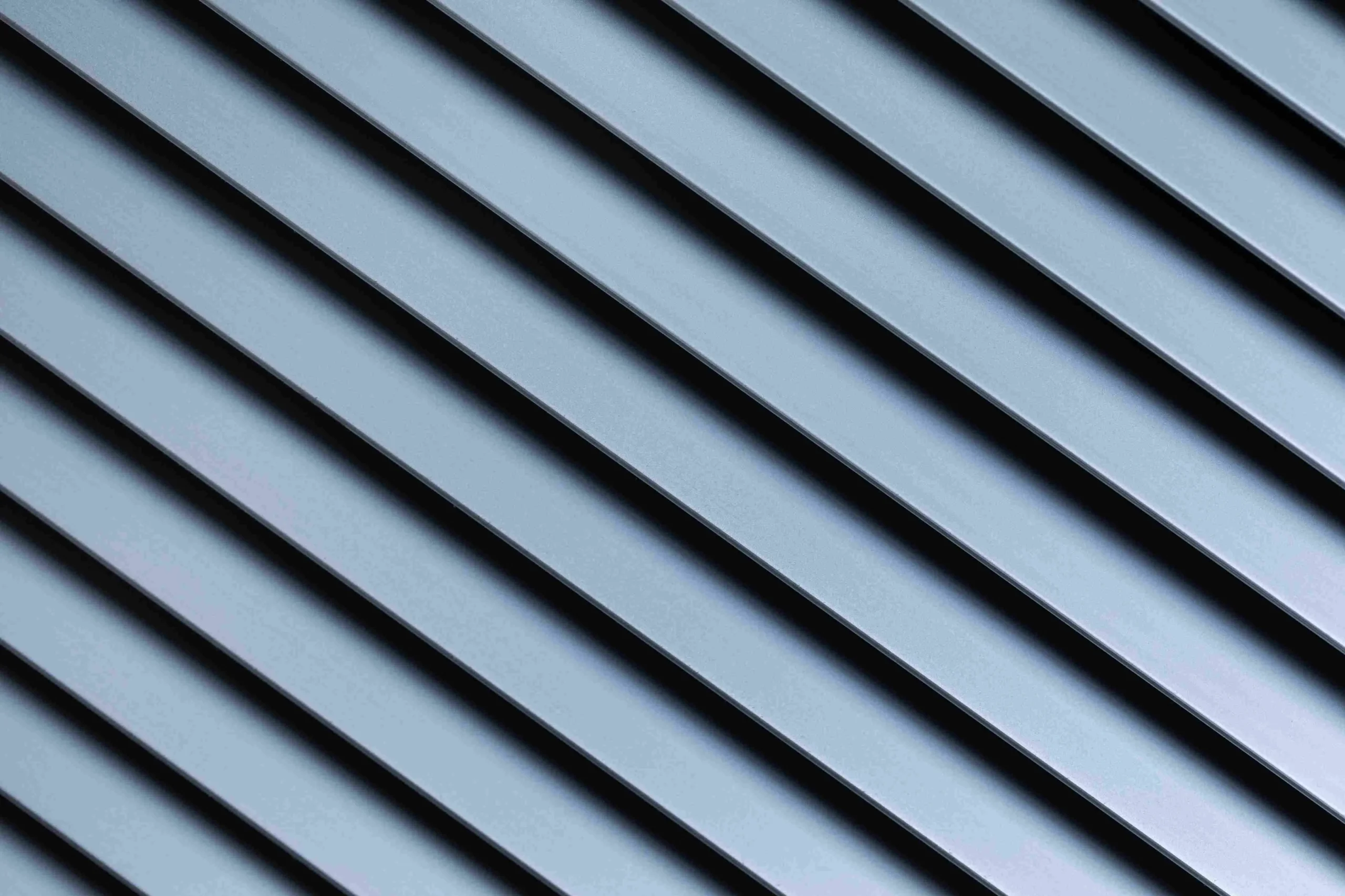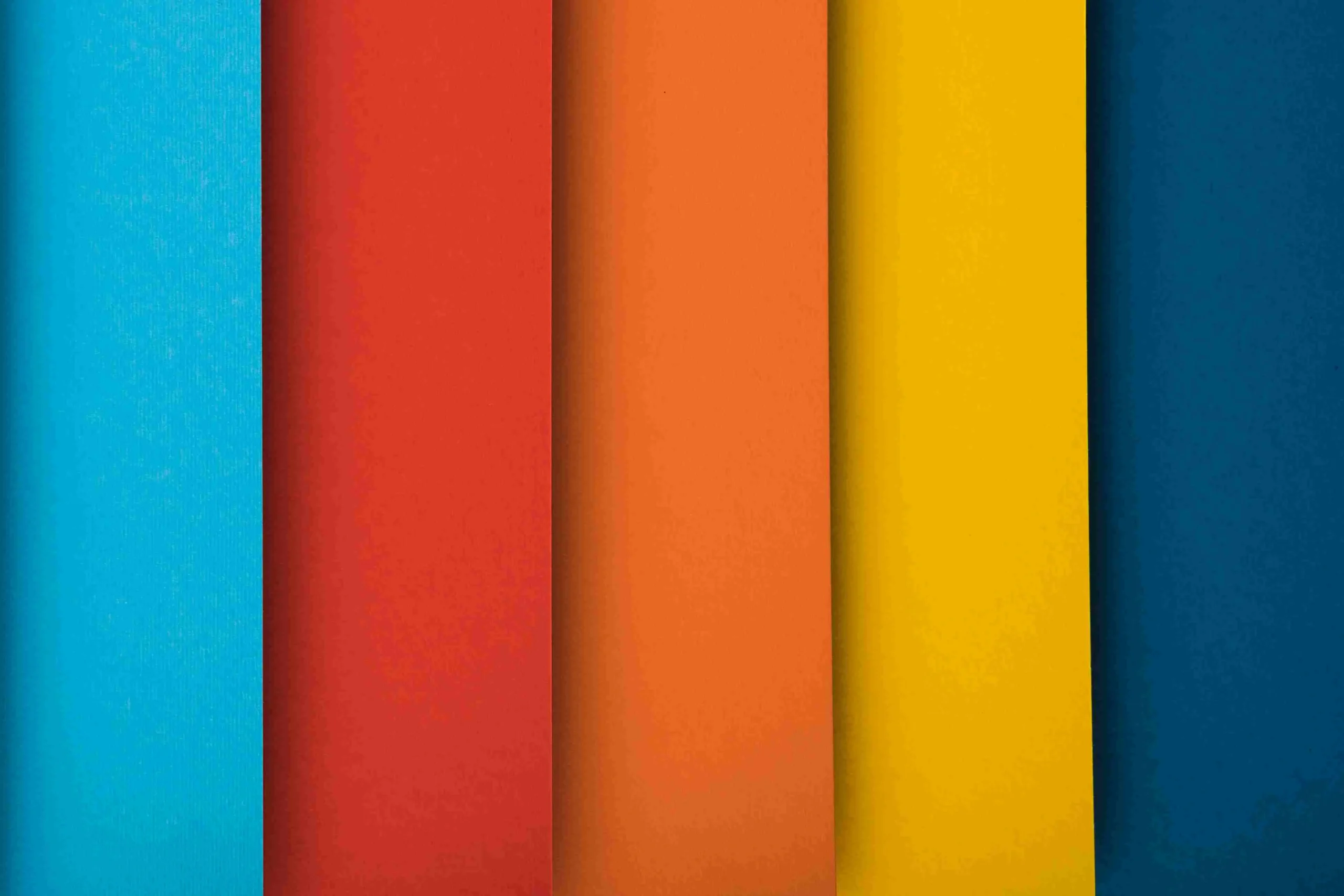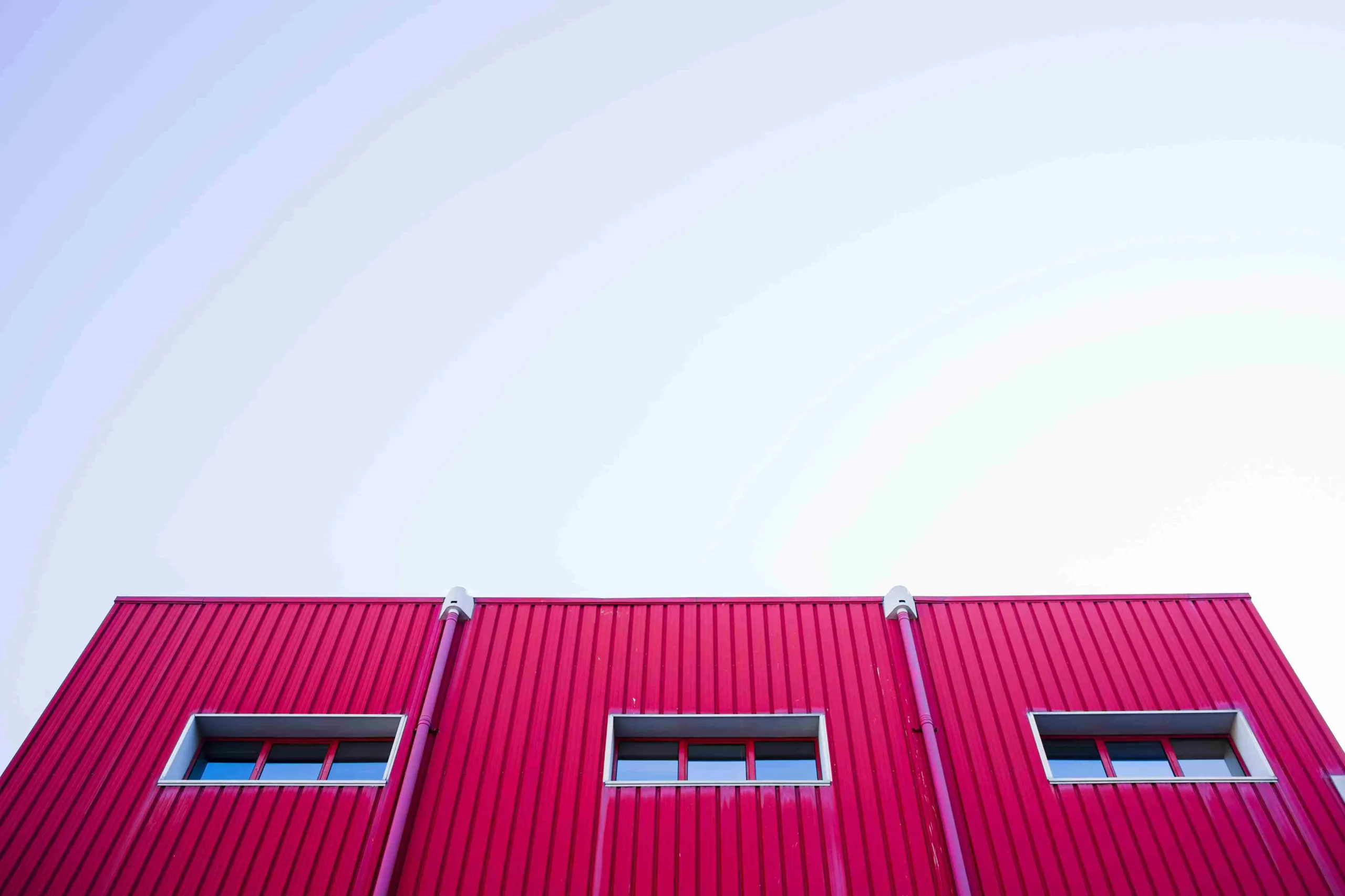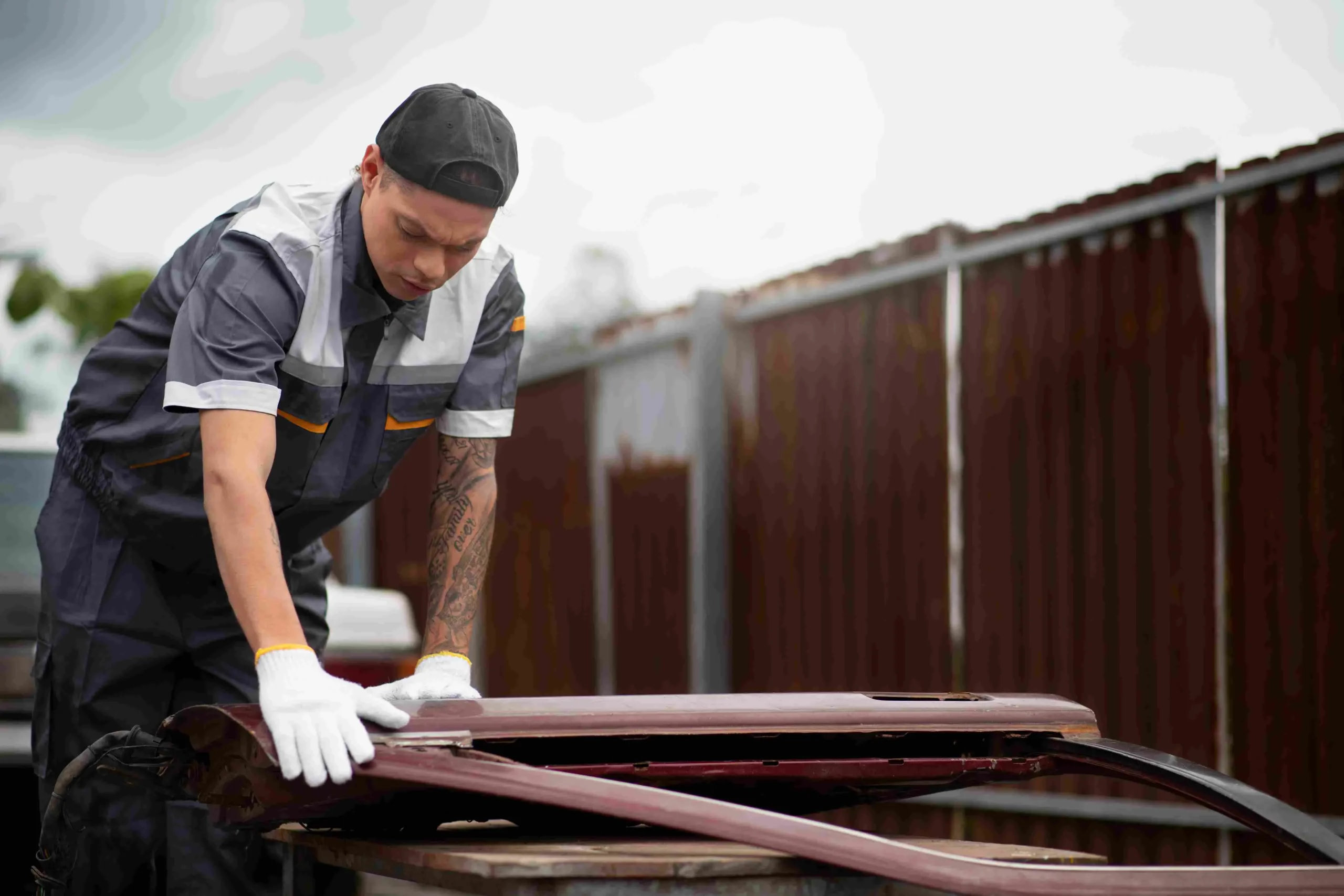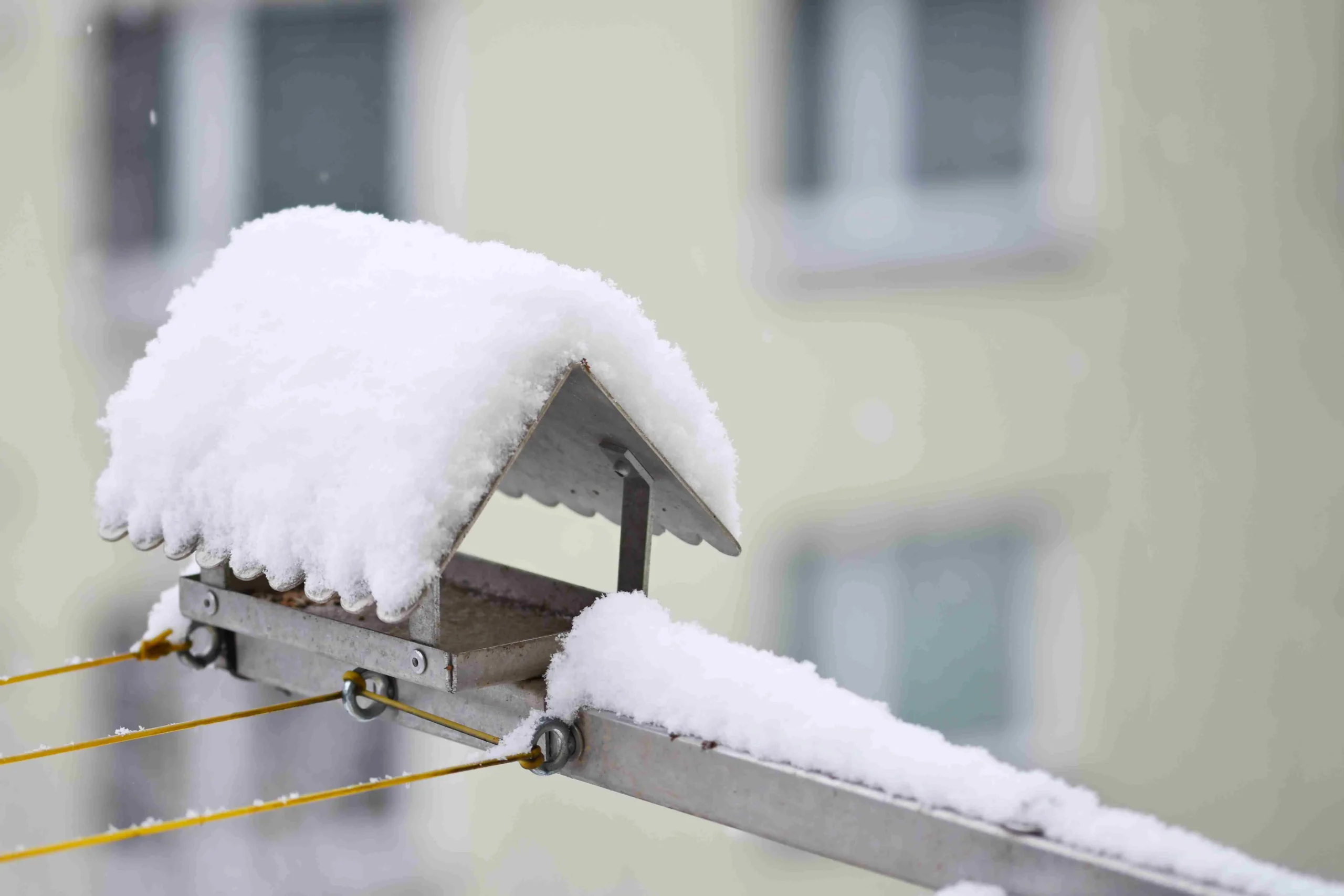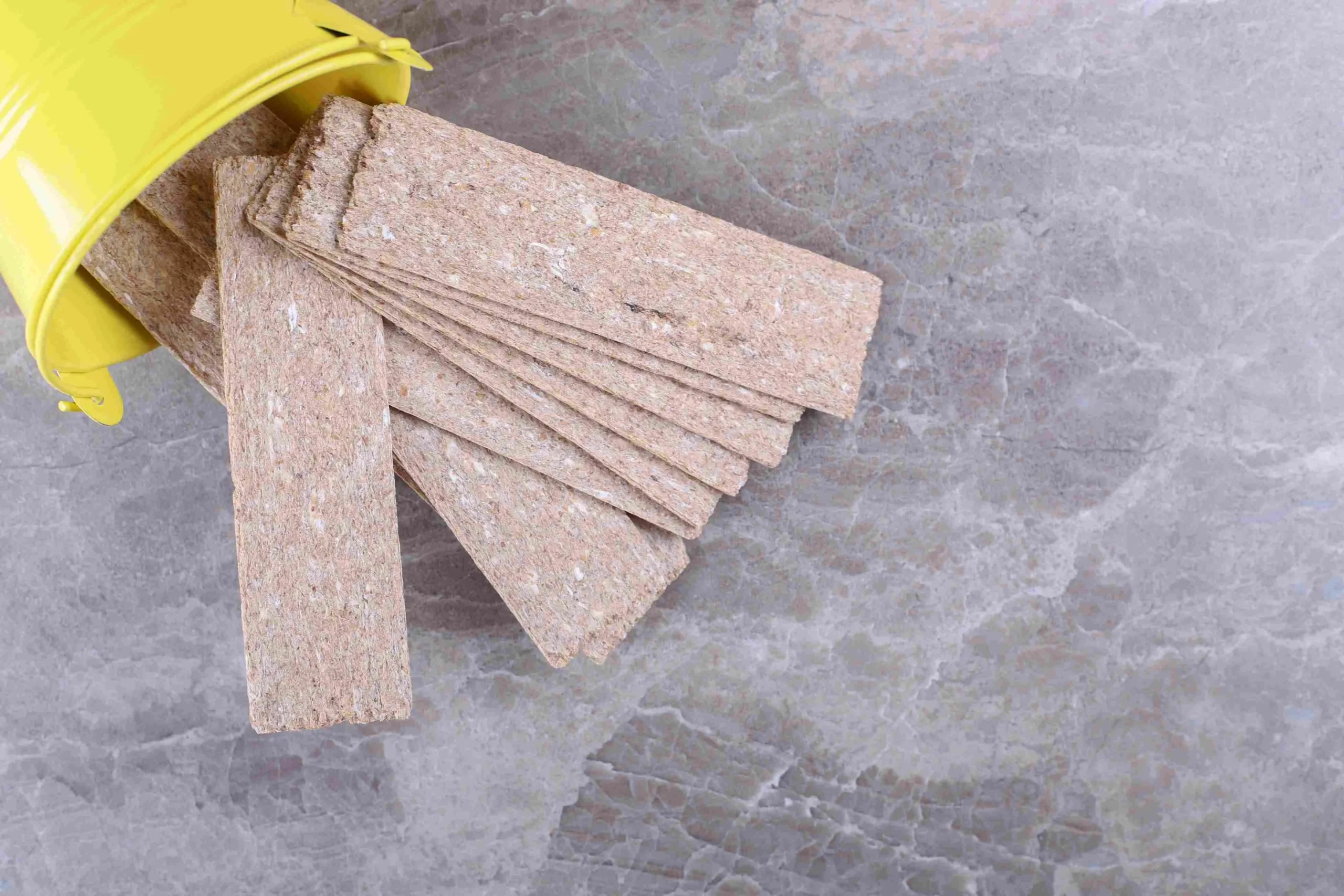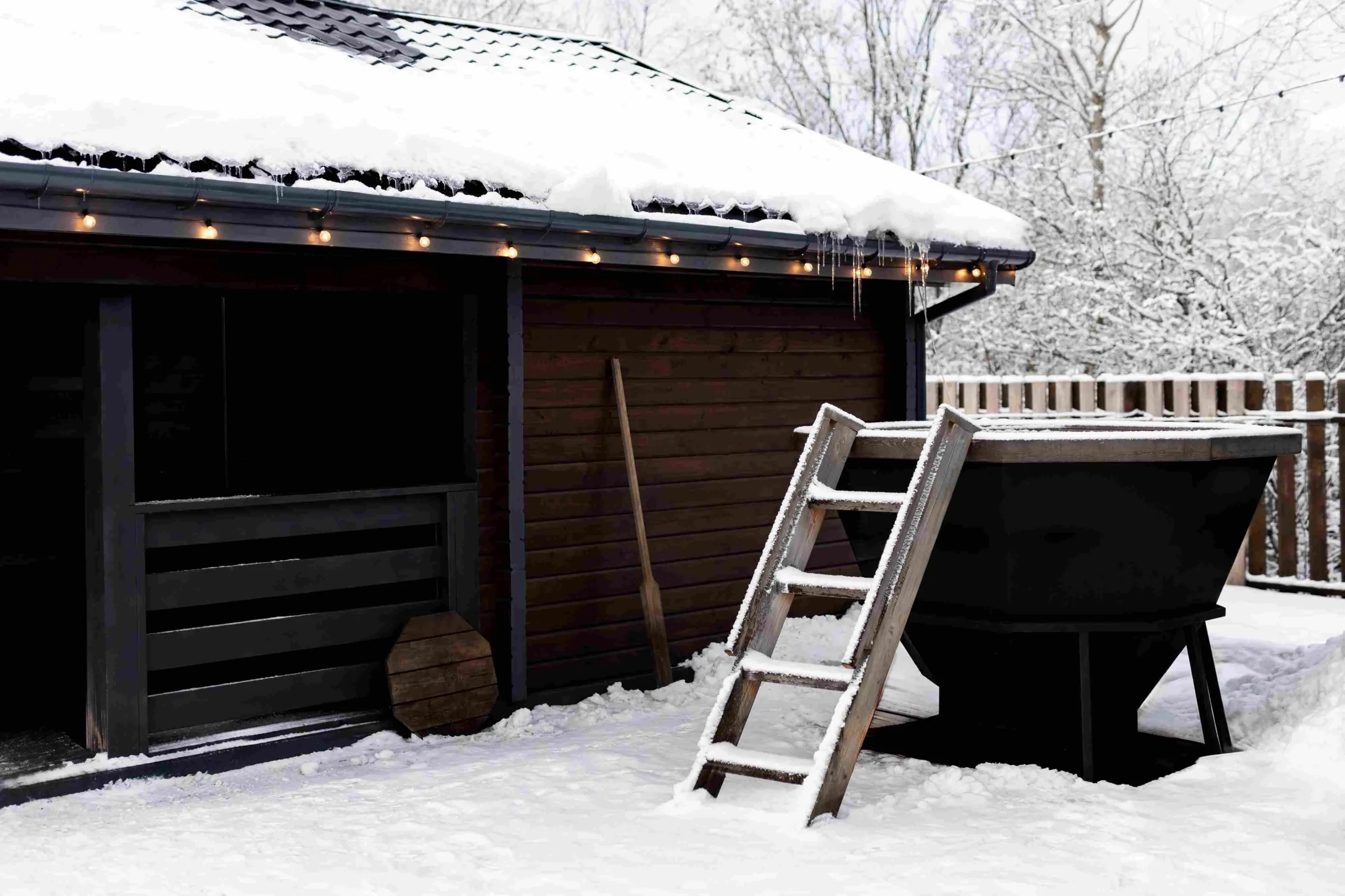The global Metal Roofing Market, valued at approximately $28.9 billion in 2024 and projected to reach $38.5 billion by 2031, highlights a clear trend: more homeowners and commercial property owners are choosing metal roofing for its durability, energy efficiency, and modern appearance.
With its long lifespan, energy-saving performance, and sleek curb appeal, metal roofing has become one of the most desirable roofing options available today. Whether you’re upgrading a residential home or designing a commercial building, metal roofs offer an impressive balance of beauty, performance, and long-term value.
One question that frequently comes up, however, is color fading. Homeowners often wonder: Do metal roofs fade over time? If so, how quickly—and can it be prevented?
The short answer is yes, metal roofs can fade, but the process is slow, gradual, and highly dependent on coating quality, color choice, and environmental conditions. Thanks to modern coating technologies, fading is far less noticeable than it was decades ago.
In this blog, we’ll explore why metal roofs fade, how manufacturers design against fading, the pros and cons of metal roofing, and how you can keep your roof looking great for decades. If you’re researching a new installation or evaluating your current roof, this guide will help you make an informed, confident decision.
Why Metal Roofs Can Fade
Color fading on metal roofing is primarily caused by long-term exposure to ultraviolet (UV) radiation from the sun. Over time, UV rays break down the chemical bonds in paint pigments and resins, leading to a gradual loss of color intensity and gloss.
Other environmental factors can accelerate this process, including:
-
Snow and ice buildup
-
Salt air in coastal regions
-
Acid rain and airborne pollutants
-
High heat and frequent temperature fluctuations
As these elements repeatedly interact with the roof surface, the paint finish slowly weathers. This does not happen suddenly; it unfolds over many years and is often subtle enough that homeowners barely notice the change.
Fortunately, modern metal roofing systems are engineered specifically to resist fading. High-performance coatings such as Kynar 500® and Hylar 5000® are applied in multiple layers and are tested under extreme conditions before being approved for architectural use.
These premium coatings can retain 30–40% of their original color even after 40 years, with most homeowners experiencing only 5–10 ΔE units of color change, a level that is barely visible to the human eye.
By comparison, asphalt shingles often lose 20+ ΔE units within 7–10 years, resulting in noticeable discoloration and patchiness.
Pros of Metal Roofing
Metal roofing offers a wide range of advantages that go far beyond appearance. From long-term performance to energy savings and sustainability, metal roofs are designed to handle harsh weather conditions while maintaining their strength and visual appeal over time. One of the most significant benefits homeowners and property owners appreciate is how well metal roofing holds up year after year with minimal maintenance.
Durability and Longevity
One of the strongest arguments in favor of metal roofing is its exceptional lifespan. While asphalt shingles typically last 20–30 years, metal roofs commonly last 50 years or more, and in many cases even longer.
Metal roofing systems are built using multiple protective layers:
-
A steel or aluminum core
-
Zinc or aluminum alloy coatings
-
Corrosion-resistant primers
-
High-performance resin finishes
This layered construction helps metal roofs resist cracking, warping, rust, and weather damage, even in harsh climates.
Fade-Resistant Finishes
Premium metal roofing finishes are formulated with UV stabilizers, oxide inhibitors, and advanced resins. These components work together to protect pigments from sunlight and environmental exposure.
Before being released to the market, high-quality coatings undergo extensive testing, including accelerated weathering simulations. This ensures that metal roofs retain their color far longer than traditional roofing materials.
Energy Efficiency
Metal roofs reflect a significant portion of solar radiation. Light-colored metal roofs can reflect 70–80% of solar energy, reducing heat absorption and helping keep attic temperatures closer to outdoor conditions.
This reflective property can lower cooling costs by 10–25%, especially in warm climates.
Low Maintenance
Metal roofs require very little upkeep compared to other roofing systems. There is no need for regular repainting, algae removal, or shingle replacement.
Basic maintenance usually includes:
-
Clearing debris from gutters
-
Periodic visual inspections
-
Checking fasteners and sealants every few years
Unlike asphalt or wood, metal does not support moss or algae growth.
Eco-Friendly
Metal roofing is one of the most sustainable roofing options available. Most metal roofs are made from recycled materials and are 100% recyclable at the end of their lifespan.
Additionally, installing a metal roof over an existing roof (where permitted) can reduce landfill waste and environmental impact.
Cons and Considerations of Metal Roofing
Initial Cost
Metal roofing costs more upfront than asphalt shingles—often two to three times higher. However, when you factor in longevity, reduced maintenance, and energy savings, metal roofs often prove more cost-effective over their lifetime.
Fading Over Time
Although fading is slow, it can still occur, particularly with darker or more saturated colors. Choosing premium coatings and lighter color palettes significantly reduces visible fading.
Thermal Movement
Metal expands and contracts with temperature changes. Without proper installation techniques—such as floating fasteners and thermal clips—this movement can loosen screws over time.
Noise Factor
Without adequate insulation, metal roofs can be louder during heavy rain or hail. Proper underlayment and insulation dramatically reduce noise transmission.
Potential for Dents
While metal roofs are durable, thin panels or softer metals may dent from large hail or falling debris. Heavier-gauge steel and textured finishes offer better dent resistance.
How Fading Happens
Fading occurs in two main stages:
Initial Fade (1–5 years):
A slight reduction in gloss and vibrancy as surface molecules break down. This phase is more noticeable in bold colors.
Long-Term Fade (5+ years):
Gradual pigment lightening as the resin system slowly weathers. High-quality coatings can retain 70% or more of original color after 30 years.
Light colors such as white, beige, and light gray show fading far less than dark shades.
Comparing Metal to Other Roofing Types
| Roofing Type | Average Lifespan | Fade Resistance | Pros | Cons |
|---|---|---|---|---|
| Metal | 40–70 years | High (ΔE 5–10 over decades) | Durable, energy-efficient, eco-friendly | Higher upfront cost |
| Asphalt Shingles | 20–30 years | Low (ΔE 20+ in 7–10 years) | Affordable, common | Fades quickly |
| Wood Shake | 20–30 years | Moderate | Natural look | Rot, fire risk |
| Clay/Slate | 50–100+ years | Excellent | Timeless | Very heavy, expensive |
Maintenance Tips to Minimize Fading
Regular maintenance can help preserve your metal roof’s appearance:
-
Wash annually with mild detergent
-
Inspect every 3–5 years for chalking or wear
-
Ensure proper drainage to avoid standing water
-
Trim overhanging trees
-
Recoat with metal-specific finishes when needed
These steps can extend the visual appeal of your roof for decades.
When Fading Is an Advantage
Interestingly, some homeowners and designers embrace subtle fading. Slight weathering can create a softer, more natural look that enhances farmhouse, coastal, or industrial designs.
As long as fading does not indicate coating failure or corrosion, it can add character and charm.
Conclusion
Yes, metal roofs can fade—but very slowly, and often so subtly that most homeowners never notice. When you weigh fading against the many advantages of metal roofing—long lifespan, energy efficiency, sustainability, and low maintenance—the benefits clearly outweigh the drawbacks.
With premium coatings, professional installation, and basic maintenance, a metal roof remains beautiful and functional for decades. If longevity, efficiency, and environmental responsibility matter to you, metal roofing remains one of the best investments available.
Choosing an experienced contractor, such as MK Best Roofing, ensures proper material selection, installation, and long-term performance. Whether for a residential upgrade or a commercial project, a professionally installed metal roof delivers value that lasts.
